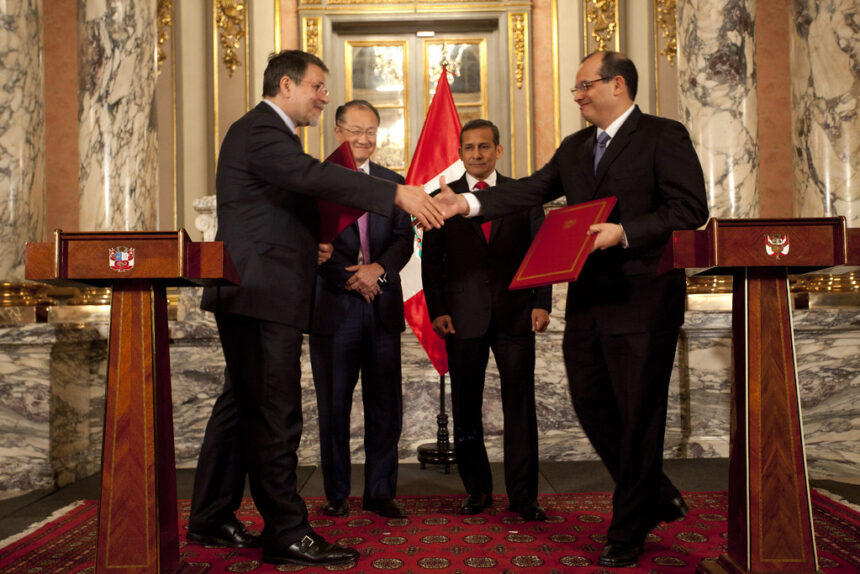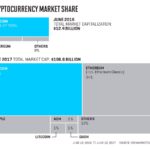According to a report released by the United Nations on Wednesday, the economy of Latin America and Caribbean is expected to grow by 2,4% by 2025. This growth will be driven primarily by domestic consumption.
The risks associated with global geopolitical tensions and rising trade tensions mitigate this projected expansion.
UN Economic Commission for Latin America and the Caribbean has revised its forecasts for growth, decreasing the previous estimate from 2.3% to 1.9%.
The overall forecast predicts that this region will continue to grow at a low rate.
Private consumption as a growth engine
ECLAC’s research indicates that private consumption will likely be a major driver for regional growth.
Estimated growth for 2025 will be similar to the rate of expansion in 2024 but at a slower pace.
The consumption is projected to grow slightly faster than the GDP. This shows the resilience of the household sector in spite of external pressures.
The agency also raised its forecast for 2023, predicting a growth rate of 2.2%, up from the previous estimate, which was 1.8%.
The research shows that despite the improvement in trends of private consumption there are still concerns about the labour market. These include a low labour force participation that is lower than it was before the pandemic, and the gender imbalance that continues to affect workforce dynamics.
Economic stability and geopolitical risks
ECLAC has stressed the importance of geopolitical conflicts and rising trade wars in the rest of the world as the main risks for Latin America’s economy.
This tension could have an impact on the price of raw materials, cause shipping delays, disrupt transport operations and threaten economic growth and stability.
This analysis predicts that Brazil, the largest economy in the region, will expand by 2,3% between 2025 and 2027, while Mexico’s growth rate is likely to be slower at 1.2%.
Argentina is projected to grow at an annual rate of 4,3%.
The different forecasts are based on the specific economic and political contexts in each country.
Interest rate changes and inflationary trends
One of the more promising signs in this region is a steady decrease in inflation.
In combination with the monetary ease initiatives implemented in the United States this has enabled regional central banks take a conservative approach when reducing interest rates.
ECLAC stated also that tweaks to monetary policy could provide some relief and help for domestic consumption.
The commission has warned, however, that investment prospects remain bleak.
The weak public sector has led to a decrease in the gross fixed capital created, which raises concerns over its capacity to support growth on a medium and long term basis.
This research highlights the importance of creating an investment climate that is conducive to achieving robust, long-term growth.
Plan for export and import recovery
ECLAC, on the other hand, predicts that exports as well as imports will increase in 2025 when compared with 2024.
The projected economic recovery shows the strength of trade in this region and could lead to a return of cross-border activity that would boost GDP.
While Latin America and Caribbean face significant problems due to external geopolitical forces, there is some hope in the 2.4% projected growth rate by 2025.
Its ability to adapt is demonstrated by its reliance on the domestic market as a driver of development. However, it raises questions about economic stability over time in light of global volatility.
To effectively leverage the strengths of our country and minimize external threats, we need to be vigilant and aggressive in the future.
As new information becomes available, this post UN Projects LATAM Economic Growth at 2.4% in 2025 amid Global Tensions could be updated.
This site is for entertainment only. Click here to read more






